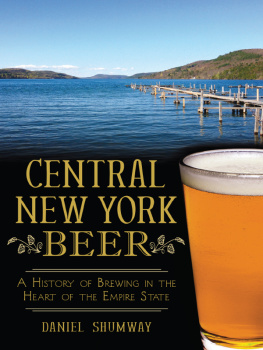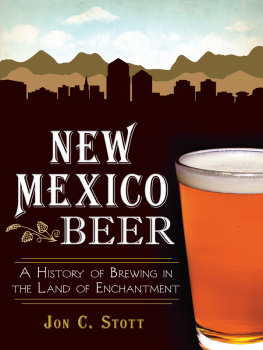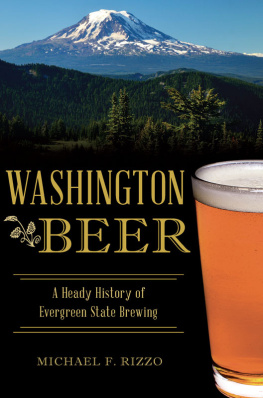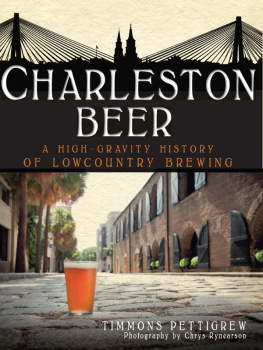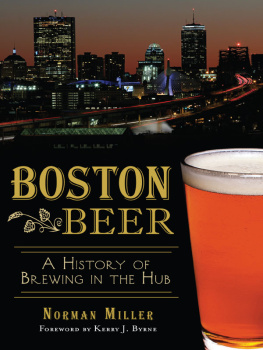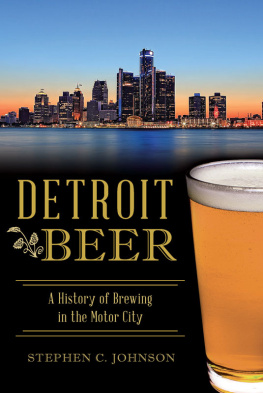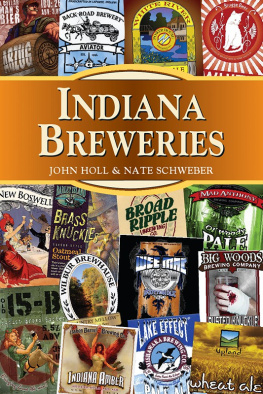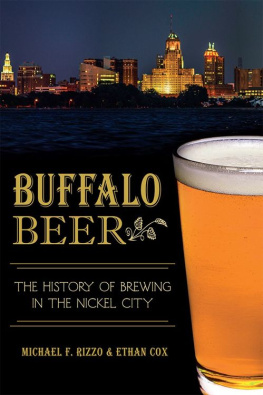
Published by American Palate
A Division of The History Press
Charleston, SC 29403
www.historypress.net
Copyright 2014 by Daniel Shumway
All rights reserved
Cover image: Otsego Lake. Courtesy of John Kocijanski of Catskills Photography.
First published 2014
e-book edition 2014
ISBN 978.1.62584.834.5
Library of Congress CIP data applied for.
print edition ISBN 978.1.62619.342.0
Notice: The information in this book is true and complete to the best of our knowledge. It is offered without guarantee on the part of the author or The History Press. The author and The History Press disclaim all liability in connection with the use of this book.
All rights reserved. No part of this book may be reproduced or transmitted in any form whatsoever without prior written permission from the publisher except in the case of brief quotations embodied in critical articles and reviews.
CONTENTS
ACKNOWLEDGEMENTS
I would like to thank the curators at the Oneida County Historical Society, the curators at the Rome Historical Society and the curators at the Herkimer County Historical Society. They provided old city directories, maps and old newspapers on microfilm for me to review. I would also like to thank Ralph Van Norstrom from Norwich, New York, who provided information on the breweries of Norwich.
Thomas M. Tryniski deserves a big thank-you for creating the Fulton history website, which contains over 23.5 million New York State newspaper pages in pdf format and allows you to perform searches of the pages. This is a great help in finding information on old breweries and the people who ran them. When you dont know when events happened, this is a quick way to find out.
I would like to thank the members of the BCCA (Brewery Collectibles Club of America) and the ECBA (Eastern Coast Breweriana Association) whom I have met over the past forty years and who have instilled in me a love of brewing and brewery history.
Finally, I would like to thank my wife, Barb, who put up with my hobby. She attends shows and conventions with me and enjoys the hobby.
INTRODUCTION
This is the second book I have written about breweries in New York State. In my first book, I covered the history of breweries in Utica. In this book, I have covered all the breweries located within a fifty-mile radius of Utica from the early 1800s to present time. The eighteen cities/villages covered are Boonville, Canajoharie, Canastota, Cazenovia, Cooperstown, Fort Plain, Garrattsville, Hamilton, Herkimer, Ilion, Little Falls, Milford, Norwich, Oneonta, Oriskany Falls, Rome, Waterville and Westmoreland.
In the two-hundred-plus years covered in this book, these cities/villages have had over sixty-two breweries. The city of Rome had the most, with seventeen breweries. Cooperstown followed with seven. As of 2014, there are nine operating or soon-to-be-operating breweries in the fifty-mile radius around Utica. Of these breweries, five have started up recently.
In 2012, New York State passed a bill to allow small breweries called farm breweries to get tax breaks and other benefits. To get a farm brewery license, a brewery must make beer that contains at least 20 percent of New York Stategrown products. By 2018, this usage will increase to 60 percent and must be 90 percent by 2024. The farm brewery license allows a brewery to open restaurants, increase tastings and sell related products. It also increases the number of retail outlets in which a brewerys products can be sold. This bill was modeled after a wine bill that has been in effect in New York State since the 1990s. Since the bills passage, fourteen farm brewery licenses have been issued in 2014. Within the scope of this book, three breweries are operating as farm breweries: Good Nature Brewing in Hamilton, Erie Canal Brewing in Canastota and Henneberg Brewing in Cazenovia.
The new law promotes using local products and addresses the current popularity of craft-brewed beer. People are enjoying the many choices of beer and styles that are being made. New breweries are popping up all over the state, which is helping local economies. As the old saying goes, This isnt your fathers beer anymore! Try all the new flavors, you are bound to find one you like.
Finding information on breweries that operated before 1850 is quite difficult. Newspapers and city directories are scarce and usually do not contain much information. While I have identified sixty-two breweries that operated in the region, there were probably more in the years before 1850. Many breweries from that time period were very small and usually run by people who had inns or taverns. The product they made was served only at their establishments and maybe to their neighbors.
The breweries contained in this book suffered from fires, robberies, a suicide and Prohibition. Very few survived these events to make comebacks. As travel became easier during the last half of the 1800s, breweries in the small villages and cities surrounding Utica started to fail. Larger brewers from Utica and other bigger cities from around the country were shipping their products to these villages and citiesand at a cheaper cost than could be offered by the local breweries. As a result, these small breweries began to fail. By the time Prohibition took effect, only three breweries remained in operation: Evans & Giehl in Rome, Norwich Brewing in Norwich and Bierbauer Brewing in Canajoharie. After Prohibition ended in 1933, only two breweries started back up under new names: the brewery in Rome, which lasted to 1942, and the brewery in Canajoharie, which only lasted until 1934.
During Prohibition, three places had wildcat (illegal) breweries operating within the village/city limits. In Rome, the old Amtmann brewery was used for one of the largest bootlegger operations in the area. It was discovered and shut down in 1927. Also in Rome, the old Evans & Giehl brewery, which was operating as the Rome Cereal Beverage Company, was shut down in 1926 for violations of the Volstead Act. Finally, the old Bierbauer brewery in Canajoharie was raided in 1922, when agents discovered a wildcat brewery operating on the premises.
The future of brewing in New York State appears to be bright. The craft-brewing phenomenon continues to expand, offering consumers a wide variety of beer styles. Tourism is growing in the villages and cities that contain these businesses, as many people enjoy visiting breweries. I have visited over fifty breweries a year for the last three years and plan to continue to visit as many as possible in the future. New York State has passed legislation that encourages small breweries to start up and has helped the states existing brewers expand and prosper.
CHAPTER 1
BOONVILLE BREWERIES
18891891
Boonville is located to the north of Utica in Oneida County. The first settlers arrived from the Netherlands in 1795 and called the village Kortenaer after a Dutch admiral. The village was incorporated in 1855 and was renamed Boonville after Gerrit Boon, an agent of the Holland Land Company. The village had only one main brewery, which repeatedly burned down.
KILKENNY & KITTS BREWING COMPANY, 188990
In the spring of 1889, Charles Kilkenny and George B. Kitts decided to start a brewery in Boonville, New York. They felt that the area could support a small brewery. A site was chosen at the junction of the Black River Canal feeder and the canal itself in the northeastern part of the village known as Coney Island. Citizens subscribed enough to purchase the site.
Charles Kilkenny was born in West Branch, Oneida County, on January 22, 1857. He ran a general store in Forestport for two years, at the age of nineteen. After that, he learned the trade of butcher and operated a meat market in Boonville for five years before deciding to get into the brewing business.
Next page
